Cats have captivated human attention for thousands of years. Initially valued for their hunting skills, cats gradually transitioned into revered companions. In ancient Egypt, cats were considered sacred, embodying protection and grace. Their esteemed status granted them a calm and serene presence in households and temples, influencing their perception as symbols of relaxation.
The Physiology of Relaxation in Cats
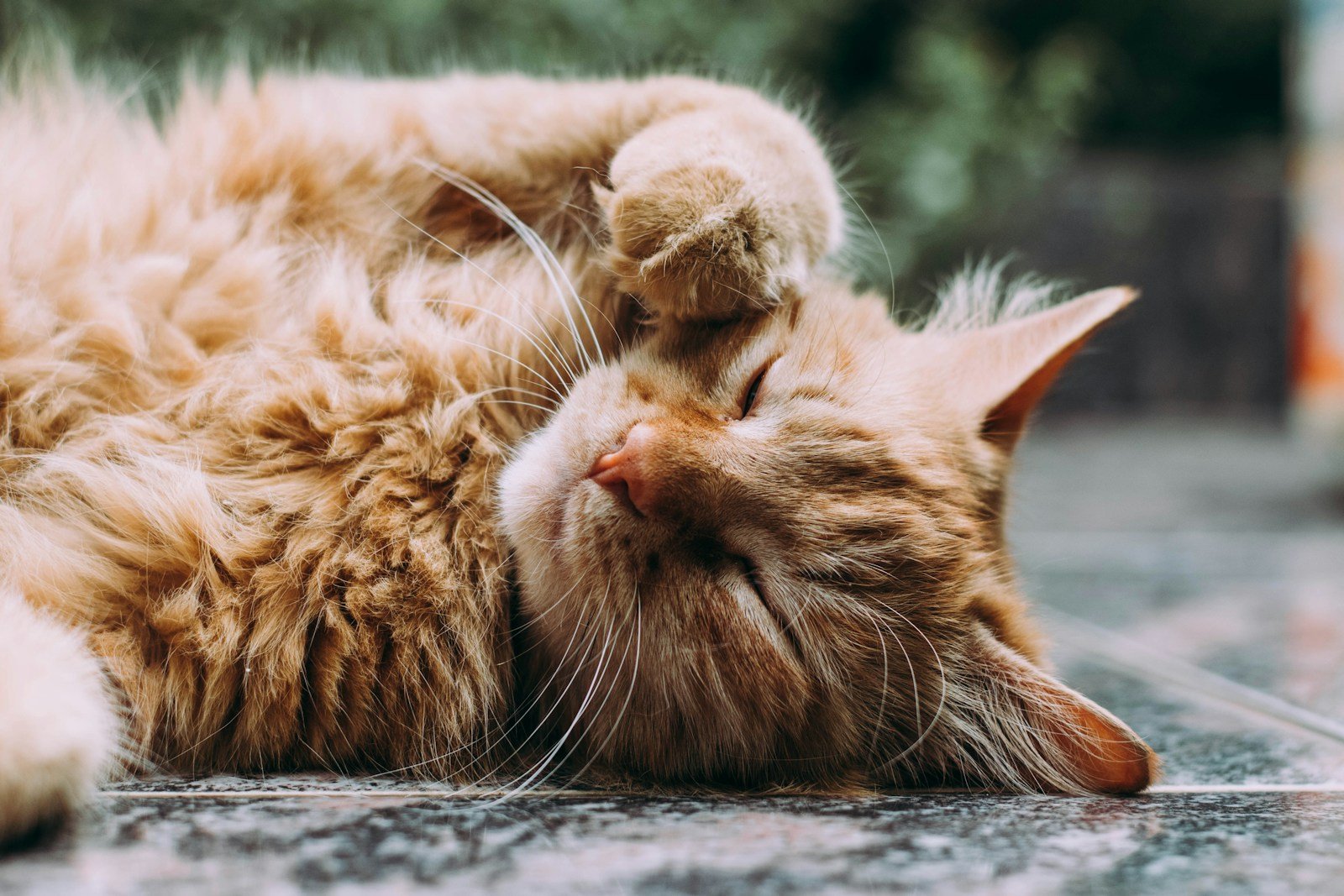
From a biological standpoint, cats are structured to exhibit behaviors indicative of relaxation. Their flexible and agile bodies allow them to stretch and contort, displaying ultimate relaxation states. The release of endorphins during purring not only soothes them but also creates an aura of tranquility in their surroundings.
Purring: Nature’s Therapy
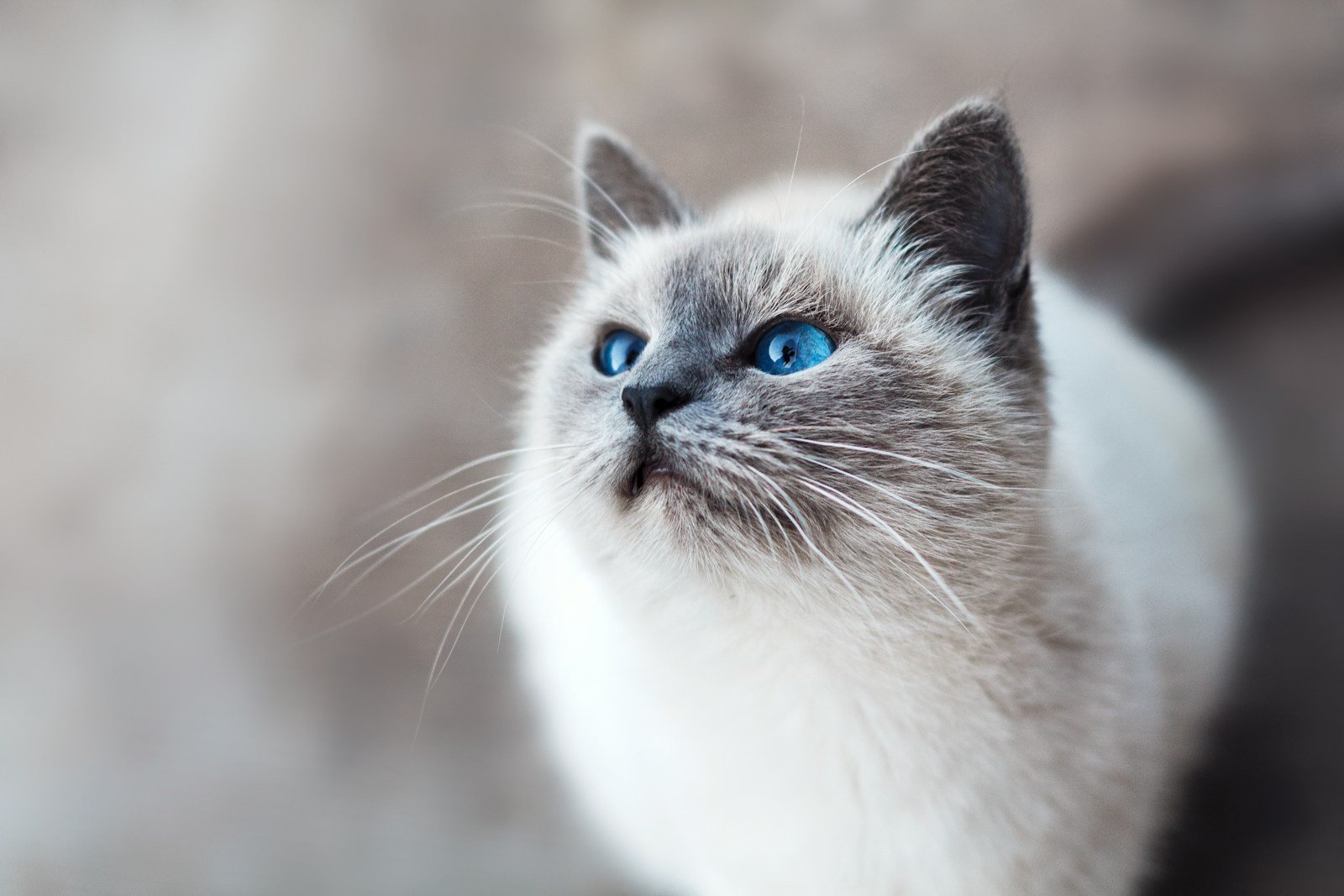
Cats’ purring is often associated with contentment and relaxation. This gentle, rhythmic sound resonates at frequencies between 25 and 150 Hertz, which are known to have therapeutic effects. Purring is believed to enhance bone healing and reduce stress, making cats not just emblems of relaxation, but producers of it as well.
How Cats Inspire Mindfulness
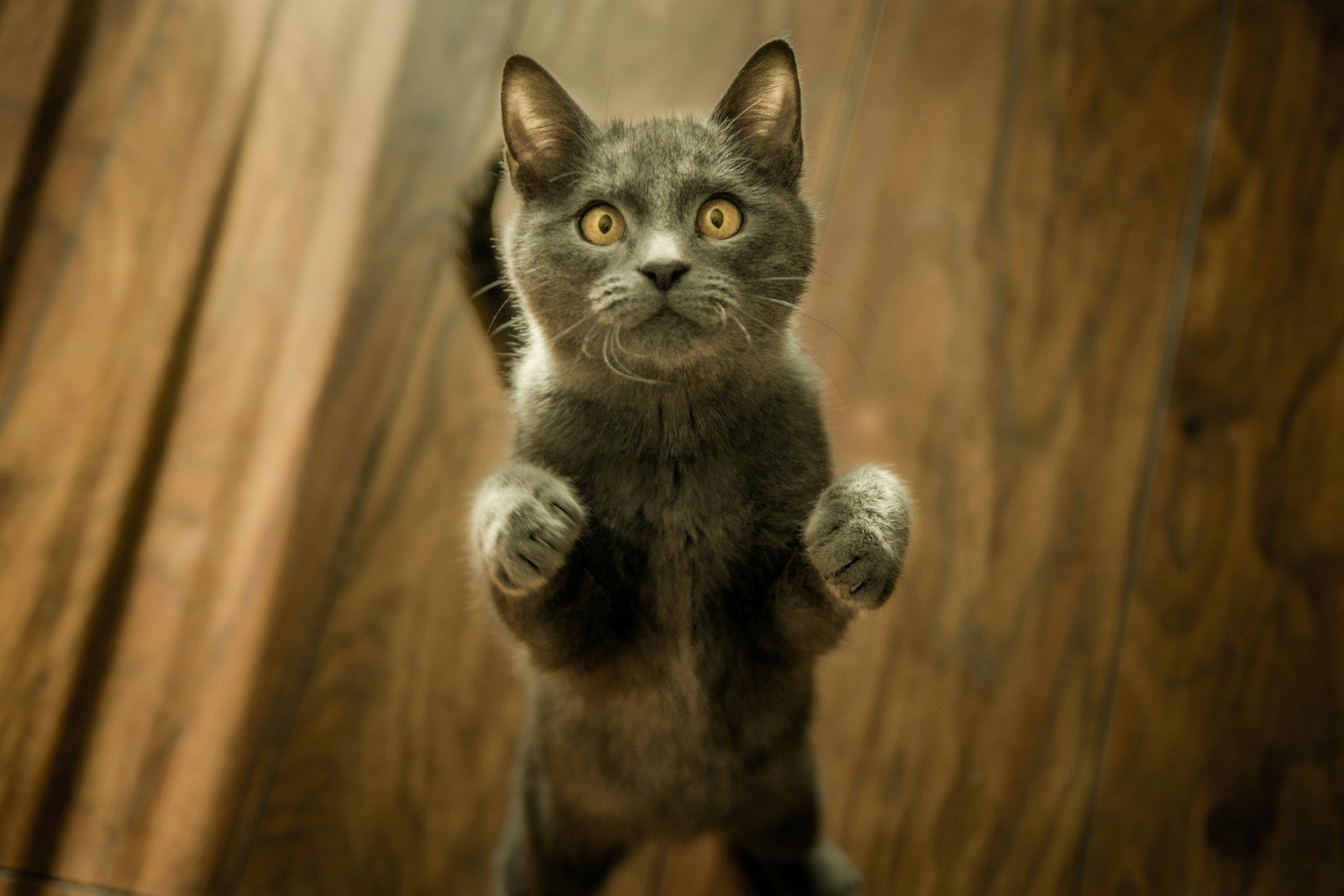
Observing a cat’s daily routine can teach valuable lessons in mindfulness. Cats engage fully in each moment, from enjoying a nap to being intensely focused during play. This mindful presence provides a model for humans, prompting a state of zen-like calmness and demonstrating the potency of living in the present.
Environmental Influences on Feline Behavior
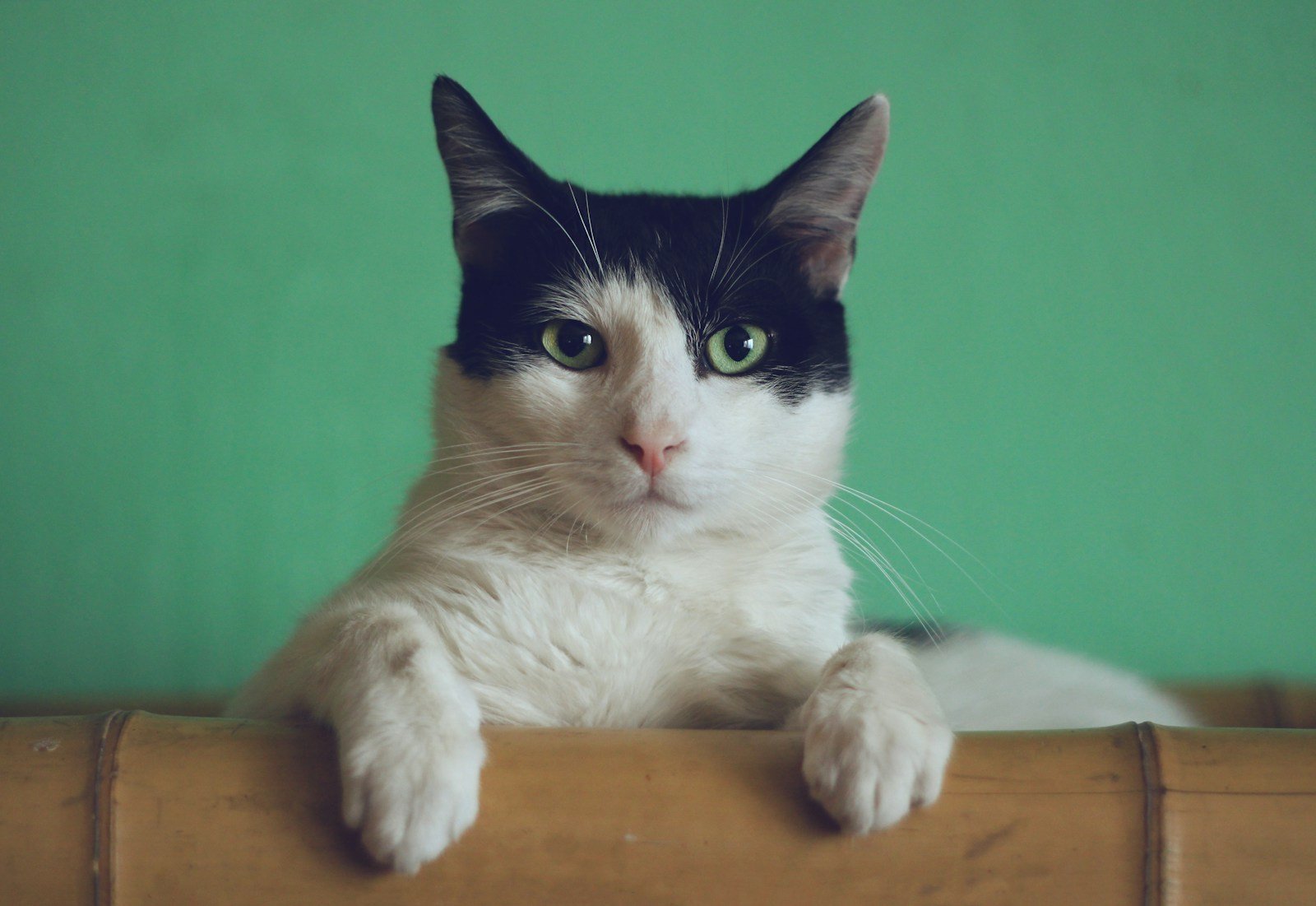
Cats have evolved to thrive in serene environments. Their preference for quiet, controlled spaces with plenty of vantage points adds to their demeanor of calmness. Domesticated cats, often living in serene human homes, adapt quickly to environments that foster their natural proclivity for relaxation.
Social Media and the Rise of the Relaxed Cat Icon
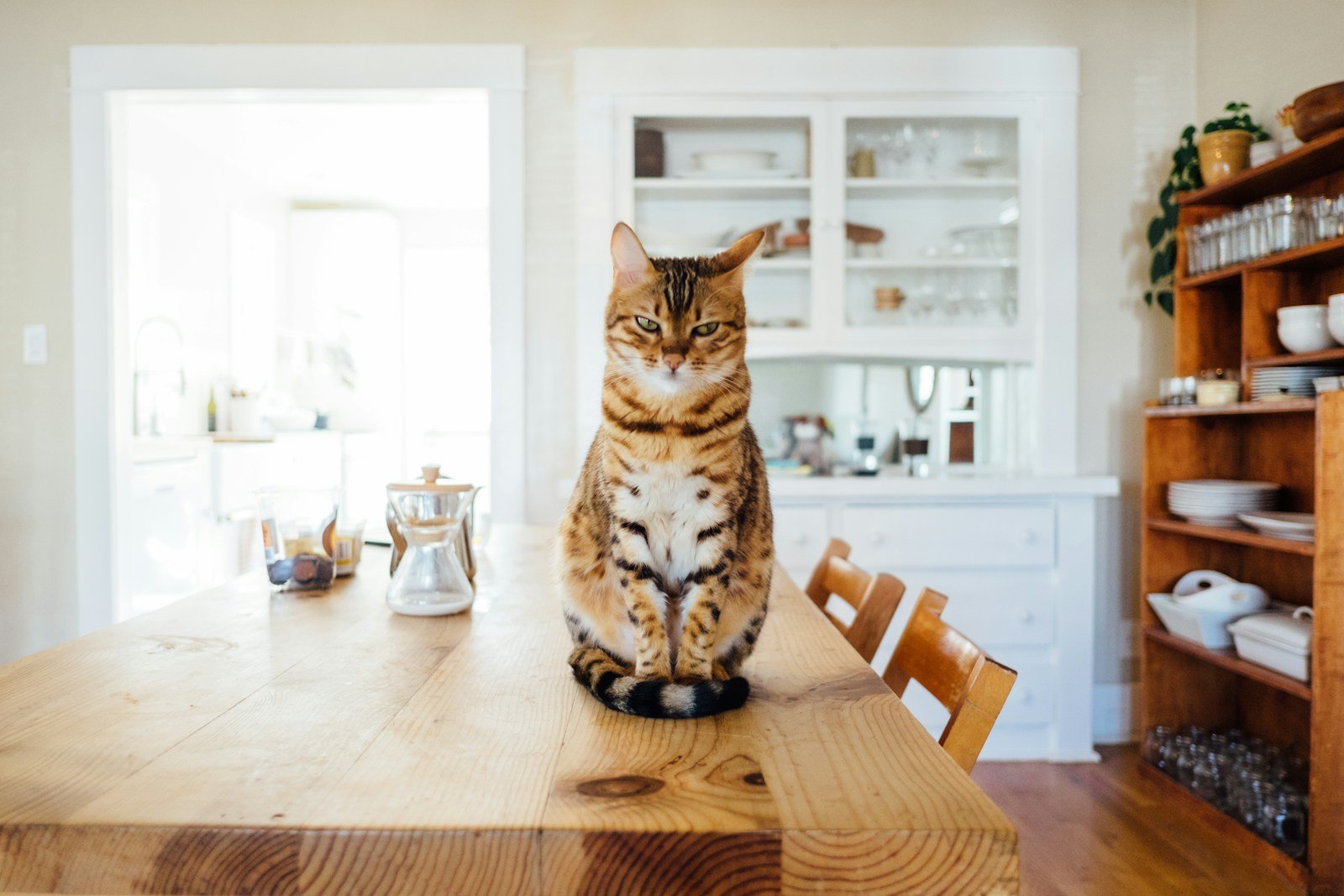
In the digital age, platforms like Instagram and YouTube have contributed to the iconic status of cats as symbols of relaxation. The viral popularity of videos and images showing lounging or playful cats has cemented their image as emblems of tranquility, appealing to the modern longing for a simpler, stress-free life.
Cats and Therapeutic Settings
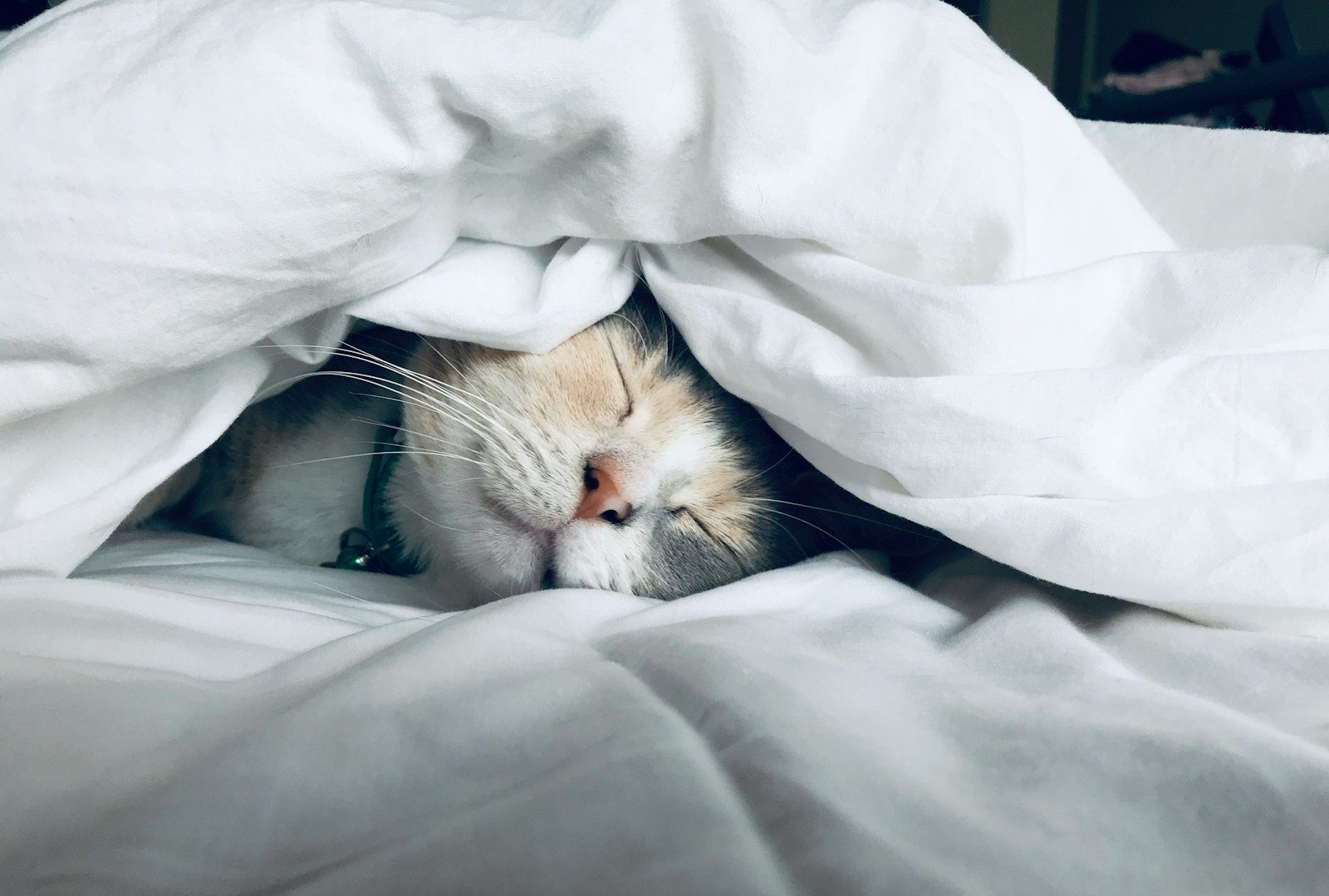
In therapeutic settings like hospitals and nursing homes, cats are increasingly used as therapy animals. Their calm demeanor and comforting presence help to reduce anxiety among patients. The bond between humans and cats can have profound calming effects, helping to alleviate symptoms of depression and anxiety.
The Science Behind Cat Naps
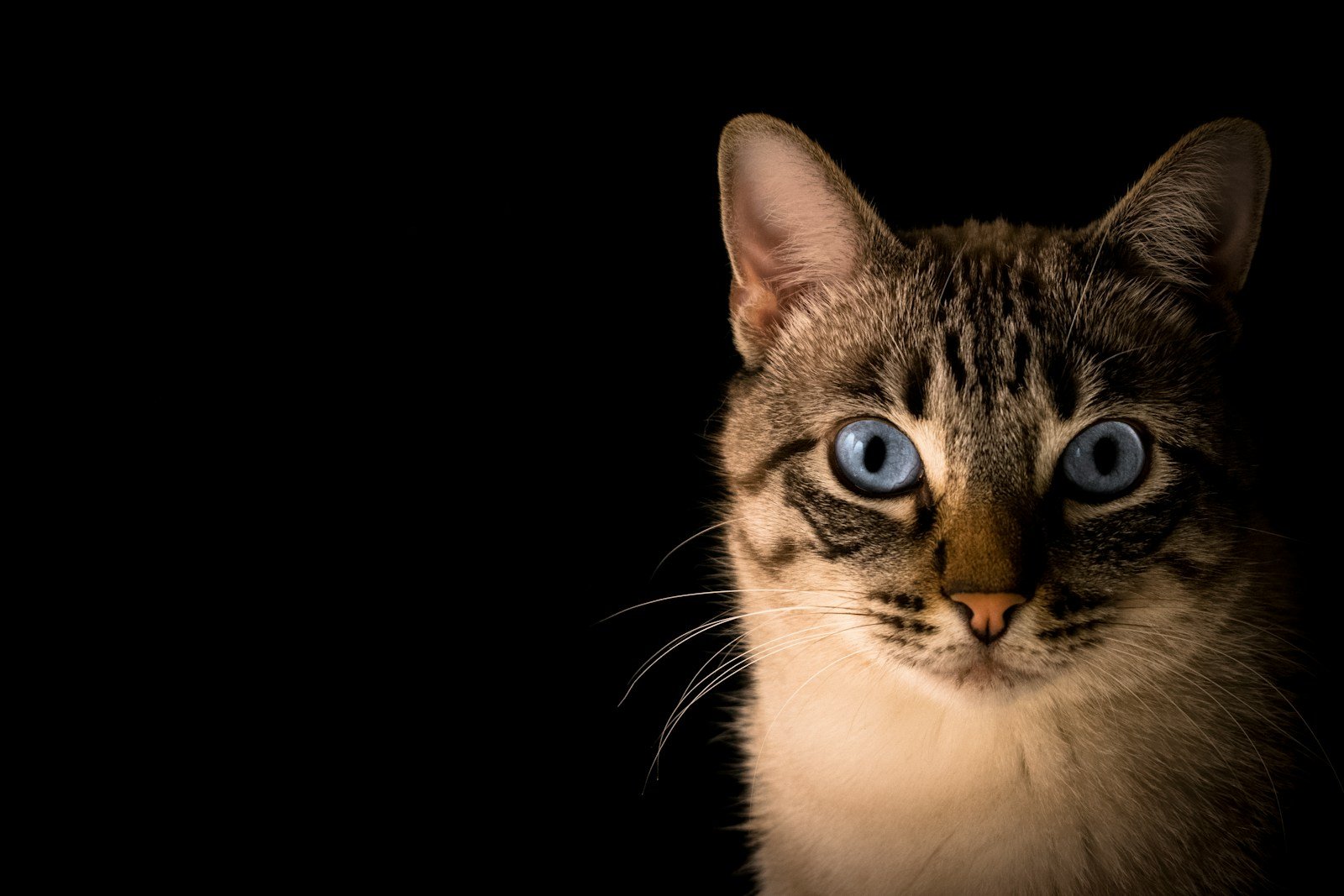
Cats are renowned for their ability to nap frequently and deeply, sometimes sleeping up to 16 hours a day. This natural tendency to rest and recharge may partly explain why they exude such a relaxed aura. The science of their sleep patterns highlights the importance of rest, underscoring the benefits of adequate sleep for overall well-being.
Cultural Representations of Cats as Relaxation Icons
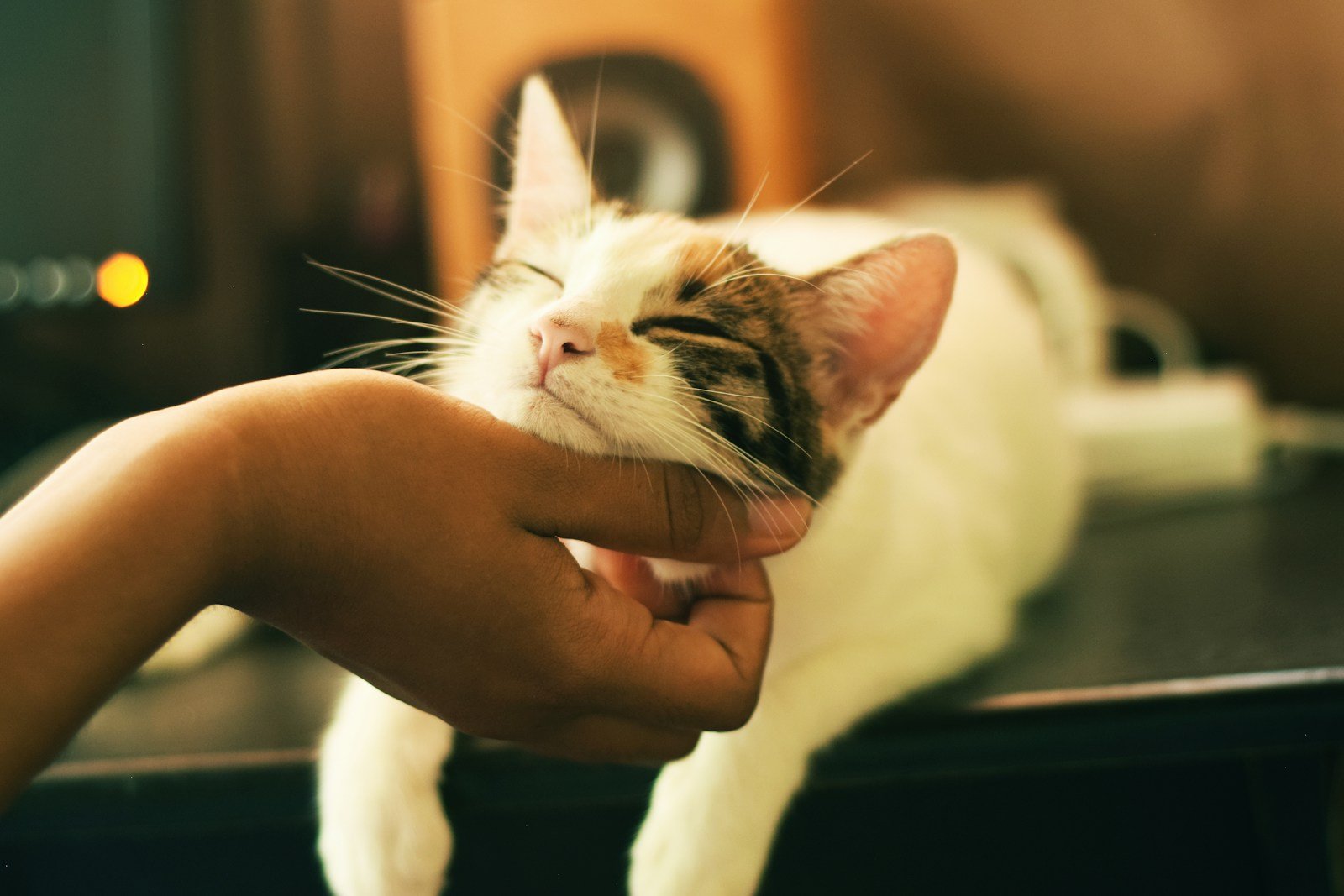
Throughout various cultures, cats have been depicted as symbols of peace and relaxation in art, literature, and folklore. From the restful imagery in Japanese ukiyo-e prints to storytelling traditions emphasizing the laid-back nature of felines, society has often drawn on cats to embody tranquil living.
The Impact of Cats on Human Stress Levels
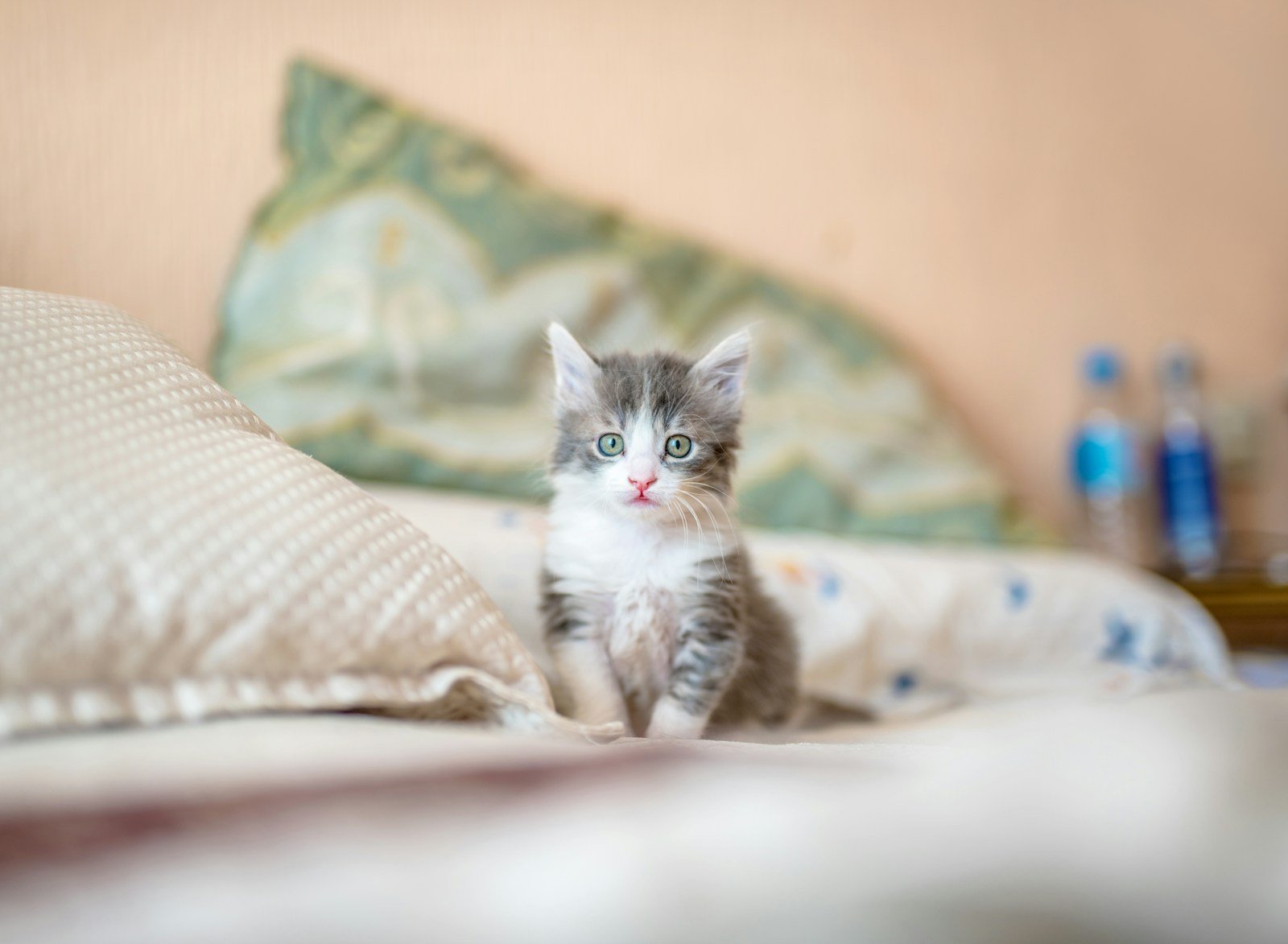
Research shows that interacting with cats can significantly lower stress levels in humans. The act of petting a cat, for example, can decrease cortisol levels, a hormone associated with stress, while concurrently increasing the release of serotonin, a hormone linked to happiness and well-being.
Adopting the Cat’s Way of Life
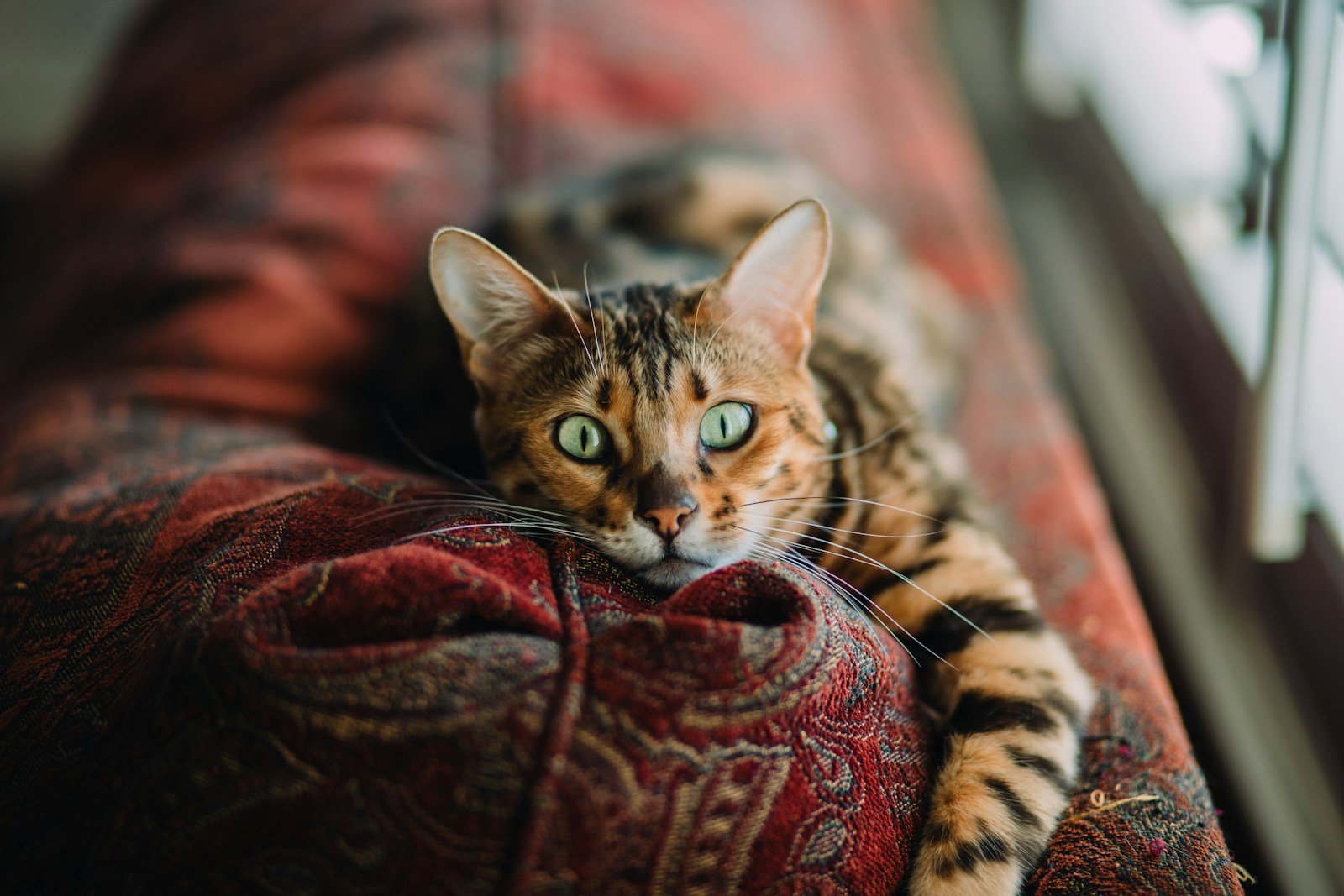
In an increasingly fast-paced world, learning from cats can be valuable. Their lifestyle emphasizes the importance of rest, mindfulness, and living in the moment, principles that can lead to healthier, more relaxed living for humans. By understanding and embracing the relaxed nature of cats, humans can cultivate a more serene and balanced approach to life.
Hi, I’m Bola, a passionate writer and creative strategist with a knack for crafting compelling content that educates, inspires, and connects. Over the years, I’ve honed my skills across various writing fields, including content creation, copywriting, online course development, and video scriptwriting.
When I’m not at my desk, you’ll find me exploring new ideas, reading books, or brainstorming creative ways to solve challenges. I believe that words have the power to transform, and I’m here to help you leverage that power for success.
Thanks for stopping by, Keep coming to this website to checkout new articles form me. You’d always love it!






